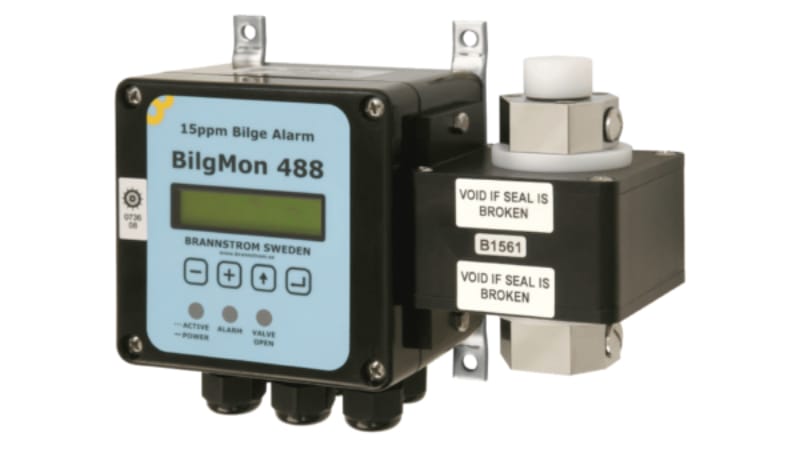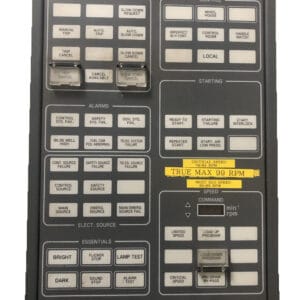What is Range in Measurement?
Range in measurement is a fundamental statistical concept defined as the difference between the highest and the lowest values in a given data set. Mathematically, it can be expressed by the formula: Range = Maximum Value – Minimum Value. This simple yet powerful calculation provides insight into the spread of a data set, allowing one to ascertain how much variation exists within the collected measurements.
Understanding range is crucial across various fields, including statistics, science, and engineering. In statistics, it serves as an initial indicator of data variability, offering a quick perspective on dispersion before delving into more complex measures, such as variance or standard deviation. In scientific research, for example, the range can help to determine the reliability and variability of experimental results. Similarly, in engineering, it aids engineers in assessing the performance specifications of materials and components by highlighting potential discrepancies in measurements.
Real-life applications of range are abundant. For instance, in quality control within manufacturing, the range of product measurements can dictate adherence to acceptable limits, influencing both production consistency and cost efficiency. Furthermore, in finance, analyzing the range of stock prices over a specified time frame can guide investors in making informed decisions. However, while range is useful for a general understanding of data variability, it does have notable limitations. Most importantly, it is highly sensitive to outliers; a single extreme value can skew the range significantly and may not accurately represent the overall data set.
In conclusion, while range is a crucial concept in measurement, it is essential to use it alongside other statistical tools to gain a comprehensive understanding of data variability and ensure informed decision-making in various applications.
Calculating Range: Methods and Applications
The calculation of range is a fundamental statistical process that serves as an effective measure of variability in a data set. The range is defined as the difference between the maximum and minimum values within the set, providing insight into the spread of the data. To calculate the range, one can follow a straightforward method: identify the largest value (maximum) and the smallest value (minimum) in the dataset, and subtract the minimum from the maximum. The formula is expressed as Range = Maximum – Minimum.
For simpler datasets, such as a list of numbers (e.g., 4, 7, 1, 12), calculating the range can be easily demonstrated. In this case, the maximum is 12 and the minimum is 1, leading to a range of 12 – 1 = 11. However, when dealing with larger or more complex datasets, such as time series or multidimensional data, the calculation may require additional considerations. In these cases, using statistical software or programming languages like R or Python can greatly streamline the computation process.
Understanding the range’s role in statistical analysis is crucial. As a descriptive statistic, range offers insights into the variability of a dataset, which directly influences the interpretation of other statistical measures such as variance and standard deviation. For instance, a high range indicates a wide distribution of values, while a low range suggests that the values are clustered closely together.
In professional contexts, the advanced applications of range are prevalent, particularly in fields like finance and quality control. In finance, the range can help assess the volatility of a stock by indicating the extent of price fluctuation over a specified period. Meanwhile, in quality control, the range is an essential metric for evaluating the consistency of products and processes, thus assisting organizations in maintaining quality standards.







Reviews
There are no reviews yet.